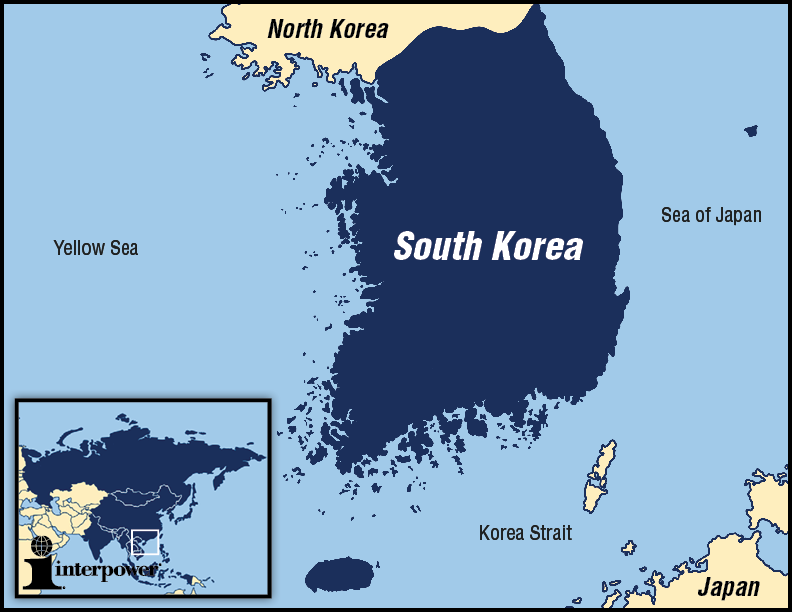Exporting to South Korea

| REPUBLIC OF SOUTH KOREA (SOUTH KOREA) | |
|---|---|
| Actual population* | Population world ranking |
| 49,039,986 | 27 |
| Actual GDP (PPP)* | GDP world ranking |
| $1,666,000,000,000 | 13 |
| Actual GDP (per capita)* | GDP (per capita) world ranking |
| $33,200 | 42 |
*See the end of this blog for definitions
Two key characteristics when describing the Republic of Korea (South Korea) are modern and traditional. Both aspects need to be explored when considering business opportunities in this country.
Market research and due diligence are crucial in order for business opportunities to be successful. Knowing what is accepted within the business culture is essential. A personal contact is a key to a good business relationship. South Koreans prefer to do business with someone they have a personal connection with in some way. The best way to begin such an association is usually through a third party introduction. When conducting business, a person needs to be respectful of the Korean culture and society. There are a number of resources that are available to assist a company. Among them are the United States Commercial Service, the United Kingdom Trade and Investment, and in South Korea, the Ministry of Trade, Industry and Energy, Republic of Korea and the Korea Importers Association.
While South Korea has transitioned into modern ways of living, such as the latest technology and telecommunications, it also still greatly values the traditional ways of thinking, which include age, family, and hierarchy. Knowledge of business customs is important and companies need to discover what is acceptable. For example, being late is not acceptable—it is expected that a person will be early for an appointment. It’s important to know the proper way to address people and how to present and receive a business card. Be aware of the Korean style when negotiating a business deal. There are a variety of resources to consult for information, including the United Kingdom Trade and Investment and the United States Commercial Service.
Standards, regulations, and custom requirements need to be researched. The South Korean government has specific rules that need to be followed. The Korean Agency for Technology and Standards is responsible for the standards in the country. It is involved in international and regional standardization organizations such as the ISO and IEC. For information on customs in Korea, consult the Korea Customs Service.
South Korea is located in East Asia and is a member of the World Trade Organization and the Asia-Pacific Economic Cooperation.
Korean is the official language. It is also the accepted business language. While English is also spoken in some business areas, finding a quality interpreter is advised for assuring accurate communication.
In South Korea, the voltage used is 120/220V at 60Hz. The most frequently specified plug pattern is the Continental European plug.
Sources:
www.export.gov/southkorea
www.gov.uk
www.motie.go.kr
www.import.or.kr
www.kats.go.kr
www.customs.go.kr
*Source: www.cia.gov/library/publications/resources/the-world-factbook/index.html
Country comparison—Population: Population compares estimates from the US Bureau of Census based on statistics from population censuses, vital statistics, registration systems, or sample surveys pertaining to the recent past and on assumptions about future trends. (July 2014 est.)
Country comparison—GDP (Purchasing Power Parity): GDP (purchasing power parity [PPP]) compares the gross domestic product (GDP) or value of all final goods and services produced within a nation in a given year. A nation’s GDP at PPP exchange rates is the sum value of all goods and services produced in the country valued at prices prevailing in the United States. (2013 est.)
Country comparison—GDP – per capita (PPP): GDP – per capita (PPP) compares GDP on a purchasing parity basis divided by population as of 1 July for the same year. (2013 est.)






